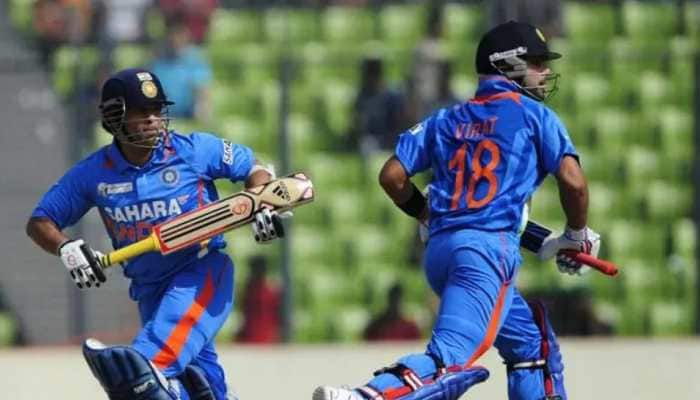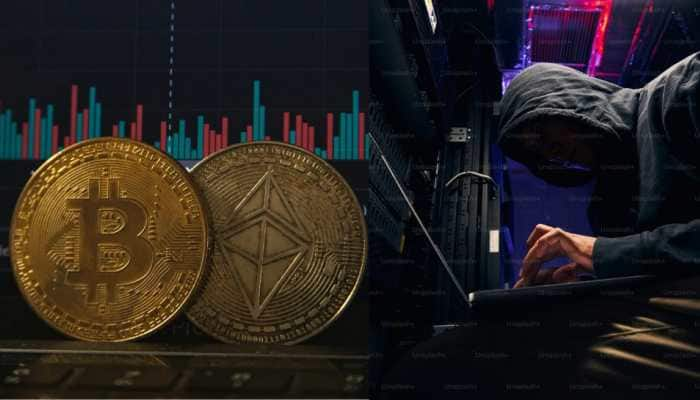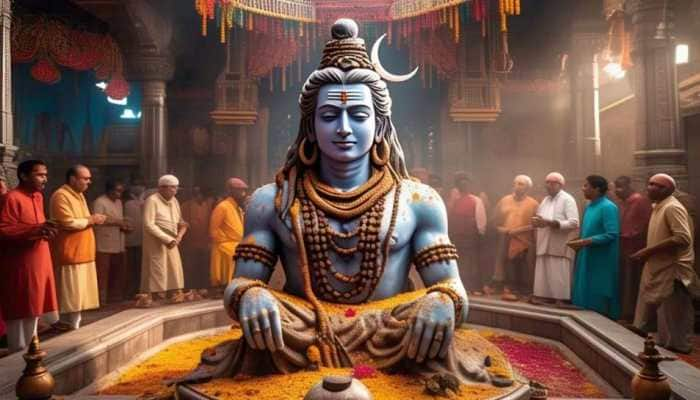Why did former Prime Minister Indira Gandhi impose Emergency on June 25, 1975
The analysis was done by Zee News Editor-in-Chief Sudhir Chaudhary in DNA, the world's most-watched news show.
Trending Photos
New Delhi: It was on June 25, 1975 that former Prime Minister Indira Gandhi had imposed the 'Emergency' and so began what has been called the black chapters of India's history. It was during this period that people had literally lost their independence. The analysis was done by Zee News Editor-in-Chief Sudhir Chaudhary in DNA, the world's most-watched news show.
In the 1971 general elections, Indira Gandhi had come to power with a thumping majority, Congress had won 352 Lok Sabha seats out of 518. It was also at this time that Gandhi, once known as Gungi Gudiya, transformed her image and came to be called as ‘Maa Durga’ and ‘Iron Lady’.
Though the Emergency was imposed on the intervening night of June 25 and 26, the foundation for it was laid on June 12, 1975 itself.
It was June 12 1975, when Justice Jagmohan Lal Sinha of the Allahabad High Court ruled on a petition filed by Rajnarayan, a candidate of the United Socialist Party from Rae Bareli. In the petition, Rajnarayan made a slew of allegations against Gandhi which included bribing voters with liquor, misusing Air Force planes for campaigns.
The court fround Gandhi guilty of misuse of government machinery in elections. Justice Sinha canceled the election and also barred Gandhi from contesting elections for six years. The High Court's decision meant Indira Gandhi would have to leave the post of Prime Minister. An emergency meeting was called at 1 Safdarjung Road, the Prime Minister's official residence and Indira Gandhi sought advice from all the leaders.
It was on the advice of Sanjay Gandhi that Indira Gandhi appealed in the Supreme Court against the June 23 ruling of the High Court.
On June 24 1975, the Supreme Court judge, Justice VR Krishna Iyer, said that he would not put a complete stay on the decision. The Supreme Court allowed her to remain Prime Minister, but said that she could not vote as an MP until the final verdict came.
After protests and demonstartions began all over the country, Indira Gandhi got the then President Fakhruddin Ali Ahmed to sign the Emergency Declaration on midnight of June 25. Internal unrest was cited as the reason behind imposing the Emergency.
Soon after, all opposition leaders including Jayaprakash Narayan, Atal Bihari Vajpayee, LK Advani, Morarji Desai were arrested.
In a radio boradcast, Indira Gandhi told the people of the country a deep conspiracy was hatched against that the government which is why Emergency had to be imposed.
After this the freedom of the press was taken away, many senior journalists were sent to jail. At that time, anyone opposing emergency was punished by being out in jail. During this period, 11 lakh people were arrested and sent to jails.
It is said that at that time the country did not run from the Prime Minister's Office but from the Prime Minister's residence. On March 21, 1977, the Emergency ended.
The constitution mentions three types of emergency, the first is national emergency, second is President's rule and third is economic emergency. All three emergencies cannot be imposed without the approval of the President. The President can also give these approval only on written proposal from Parliament.
After the Emergency is enacted, it is kept in each House of Parliament, if it is not opposed there, it is further extended for six months. The Emergency in 1975 lasted for 21 months. That is, it was approved to be extended about four times.
The Emergency is the darkest chapter in India's as well as Congress party's history.
Stay informed on all the latest news, real-time breaking news updates, and follow all the important headlines in india news and world News on Zee News.
Live Tv







)
)
)
)
)
)
)
)
)
)
